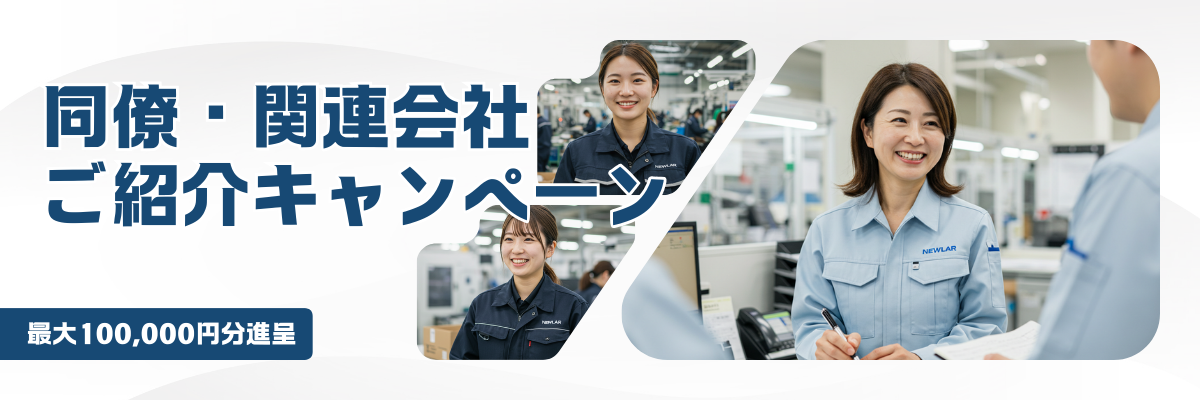- お役立ち記事
- Hardened epoxy resin removal technology for plates and its utilization

Hardened epoxy resin removal technology for plates and its utilization

目次
Understanding Epoxy Resin and Its Applications
Epoxy resin is a popular material known for its strong adhesive qualities and durability.
It is commonly used in a variety of applications, ranging from construction to art projects.
Epoxy resin is often favored for its ability to create a hard, protective surface on wooden and metal pieces.
Its versatility and reliability make it a staple in industries like automotive, electronics, and marine.
The Challenges of Hardened Epoxy Resin
While epoxy resin is valued for its strength once cured, this characteristic can also present challenges.
Once epoxy resin hardens, removing it can be difficult.
It adheres strongly to surfaces, making traditional removal methods less effective and sometimes damaging to the underlying material.
This becomes a significant issue when mistakes are made during application, or when old epoxy needs to be removed for repairs or refinishing.
Innovative Hardened Epoxy Resin Removal Methods
Recent advancements in technology have led to the development of several effective methods for removing hardened epoxy resin.
These methods focus on efficiency and minimizing damage to the surfaces involved.
Below are a few noteworthy techniques:
Chemical Solvents
Chemical solvents are often used to break down epoxy resin.
These solvents are formulated specifically to weaken the adhesive properties of epoxy, allowing it to be scraped off.
However, the use of chemical solvents must be done with care, as they can potentially harm the surface beneath the epoxy if not used properly.
Proper ventilation and safety precautions are essential when using solvents.
Heat Application
Applying heat is another effective method for removing epoxy resin.
Heat guns can be used to soften the epoxy, making it easier to lift off the surface.
The key is to apply enough heat to weaken the epoxy without damaging the underlying material.
This method is often used in situations where chemical solvents would be too harsh.
Mechanical Removal
Mechanical removal involves using tools such as scrapers or grinders to physically remove the hardened epoxy.
Power tools equipped with sanding or grinding attachments can be effective, especially for larger areas.
While this method can be efficient, it requires a steady hand and careful control to prevent damage.
The Importance of Choosing the Right Method
Selecting the appropriate method for epoxy resin removal is crucial.
Factors such as the type of surface, the thickness of the epoxy layer, and the size of the area should influence your choice.
No single method is universally effective for all scenarios, so understanding the pros and cons of each technique is essential.
Preserving Surface Integrity
One of the primary concerns with epoxy resin removal is preserving the integrity of the surface beneath.
Some methods might remove the epoxy only to leave the surface damaged or uneven.
A balance must be struck between effective removal and maintaining the original condition of the material.
Environmental Considerations
When choosing a removal method, environmental considerations must be taken into account.
For example, chemical solvents can have environmental impacts if not disposed of correctly.
Heat and mechanical methods might have lower environmental impacts but require energy and careful handling.
Utilization of Removed Epoxy Resin
Once epoxy resin is removed, it is important to consider its disposal or potential reuse.
Sustainability practices encourage finding ways to utilize waste materials creatively.
Recycling and Repurposing
Some facilities specialize in recycling epoxy resin waste, turning it into other usable forms.
Recycling helps reduce the environmental burden by preventing waste from going to landfills.
Artistic and Creative Uses
Removed epoxy, especially if intact pieces are available, can be used in art projects.
Artists often incorporate fragments of materials like epoxy into mixed media artworks.
This not only recycles waste but can enhance the aesthetic qualities of the artwork.
Filling and Patching Materials
In some cases, removed epoxy resin can be repurposed as a filling or patching material for other projects.
By grinding it into smaller pieces, it can be mixed with fresh epoxy to fill gaps or reinforce surfaces.
This form of upcycling can provide structural benefits to new projects while minimizing waste.
Conclusion
The removal of hardened epoxy resin is a complex but manageable task with the right technology and approach.
Whether by chemical, thermal, or mechanical means, it is crucial to prioritize the preservation of the underlying surface and consider environmental impacts.
Additionally, repurposing removed resin can add value and support sustainability efforts.
By embracing these modern techniques and solutions, industries and individuals can effectively manage epoxy resin waste, ensuring efficient and eco-friendly practices.
 資料ダウンロード
資料ダウンロード
QCD調達購買管理クラウド「newji」は、調達購買部門で必要なQCD管理全てを備えた、現場特化型兼クラウド型の今世紀最高の購買管理システムとなります。
 ユーザー登録
ユーザー登録
調達購買業務の効率化だけでなく、システムを導入することで、コスト削減や製品・資材のステータス可視化のほか、属人化していた購買情報の共有化による内部不正防止や統制にも役立ちます。
 NEWJI DX
NEWJI DX
製造業に特化したデジタルトランスフォーメーション(DX)の実現を目指す請負開発型のコンサルティングサービスです。AI、iPaaS、および先端の技術を駆使して、製造プロセスの効率化、業務効率化、チームワーク強化、コスト削減、品質向上を実現します。このサービスは、製造業の課題を深く理解し、それに対する最適なデジタルソリューションを提供することで、企業が持続的な成長とイノベーションを達成できるようサポートします。
 オンライン講座
オンライン講座
製造業、主に購買・調達部門にお勤めの方々に向けた情報を配信しております。
新任の方やベテランの方、管理職を対象とした幅広いコンテンツをご用意しております。
 お問い合わせ
お問い合わせ
コストダウンが利益に直結する術だと理解していても、なかなか前に進めることができない状況。そんな時は、newjiのコストダウン自動化機能で大きく利益貢献しよう!
(Β版非公開)


